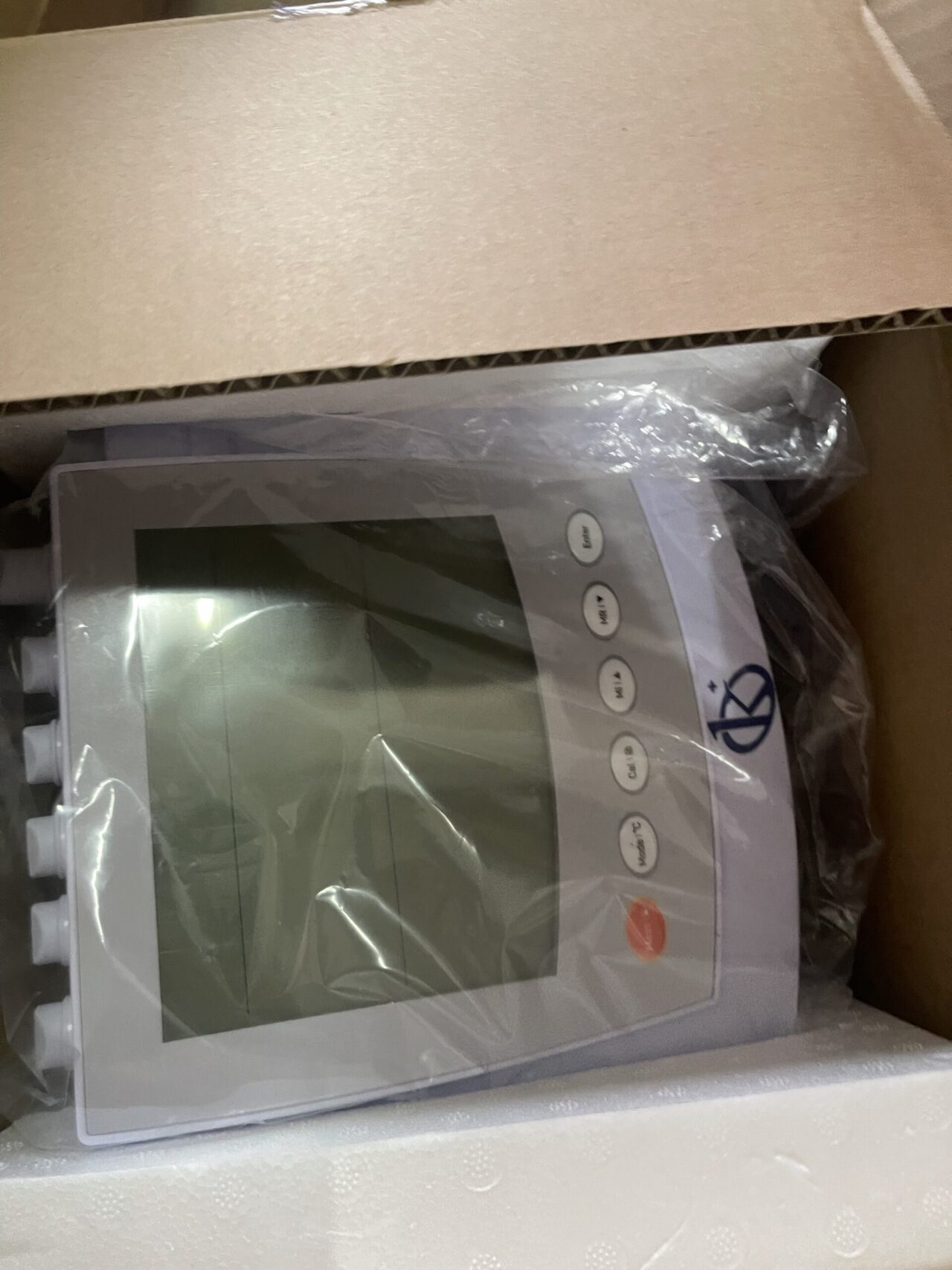In the world of biomedical research and biotechnology, precision and accuracy in measuring critical parameters are fundamental to the success of experiments. One of these essential parameters is dissolved oxygen, crucial for the viability and optimal cultivation of cells and microorganisms. In this article, we will explore the importance of dissolved oxygen meters for clinical laboratories, focusing on monitoring for cell cultures and biochemical assays. https://kalstein.co.nz/category-product/laboratory-line/dissolved-oxygen-meters-laboratory-line/
Applications in Cell Cultures
In cell cultures, maintaining a controlled environment is essential to ensure cell growth and viability. Dissolved oxygen levels play a critical role in this process. Low oxygen levels can induce hypoxia, negatively affecting metabolism and cell proliferation, while excessive levels can cause oxidative stress, damaging the cells and compromising experimental results.
Dissolved oxygen meters allow researchers to continuously and accurately monitor oxygen levels in cell cultures. This is particularly important in bioreactors used for tissue production and disease research, where variations in oxygen levels can have significant consequences.
Specific Use Cases
In cancer research, for instance, hypoxia (low oxygen levels) within the tumor is a critical factor influencing cancer biology and treatment response. Measuring and controlling dissolved oxygen in cell cultures allows for better simulation of the tumor microenvironment and studying how cancer cells respond to hypoxic conditions. These investigations help in developing more effective treatments.
Moreover, in the production of biologics such as monoclonal antibodies, monitoring DO in bioreactors is essential to ensure the final product’s quality and consistency. The technology offered by the manufacturer Kalstein provides high-precision instruments that facilitate this rigorous control, ensuring consistent and high-quality results.
Biochemical Assays and Their Relevance
Biochemical assays are fundamental analytical methods use to study biological processes, detect diseases, and develop new treatments. Measuring dissolved oxygen is particularly relevant in enzymatic assays and cellular metabolism studies, where oxygen plays a key role.
In these assays, maintaining constant and known levels of dissolved oxygen is crucial to obtain precise and reproducible data. Using appropriate dissolved oxygen meters allows researchers to control and adjust experimental conditions accurately, improving the validity and reliability of the obtained results.
Adapting Meters to Specific Assays
Each biochemical assay may have different oxygen requirements, and DO meters must adapt to these needs. For example, in enzymatic kinetics studies, where the reaction speed of an enzyme in the presence of substrates is measure, the amount of dissolved oxygen can affect enzymatic activity. Meters from manufacturers like Kalstein allow for adjusting and monitoring oxygen levels to ensure optimal conditions for each specific assay.
In cellular respiration assays, it is essential to monitor oxygen consumption to evaluate mitochondrial function and cell health. Dissolved oxygen meters provide accurate data on the oxygen consumption rate, offering a detailed view of metabolic activity and cellular energy efficiency.
Factors to Consider When Purchasing a Dissolved Oxygen Meter
When looking for a dissolved oxygen meter for your clinical laboratory, several factors must be considered to ensure the device meets your specific needs. These factors include precision, ease of use, measurement range, and price. At KALSTEIN, we understand that you need equipment that provides maximum value to your laboratory. We invite you to visit https://kalstein.co.nz/ to immerse yourself in our universe of cutting-edge technology equipment.
Precision is perhaps the most critical aspect, as the results of any research depend on exact data. High-quality dissolved oxygen meters, such as those manufactured by Kalstein, offer exceptional precision. Ease of use is also an important factor, especially for those new to DO monitoring. An intuitive device with user-friendly interfaces that provide real-time data can greatly facilitate researchers’ work.

